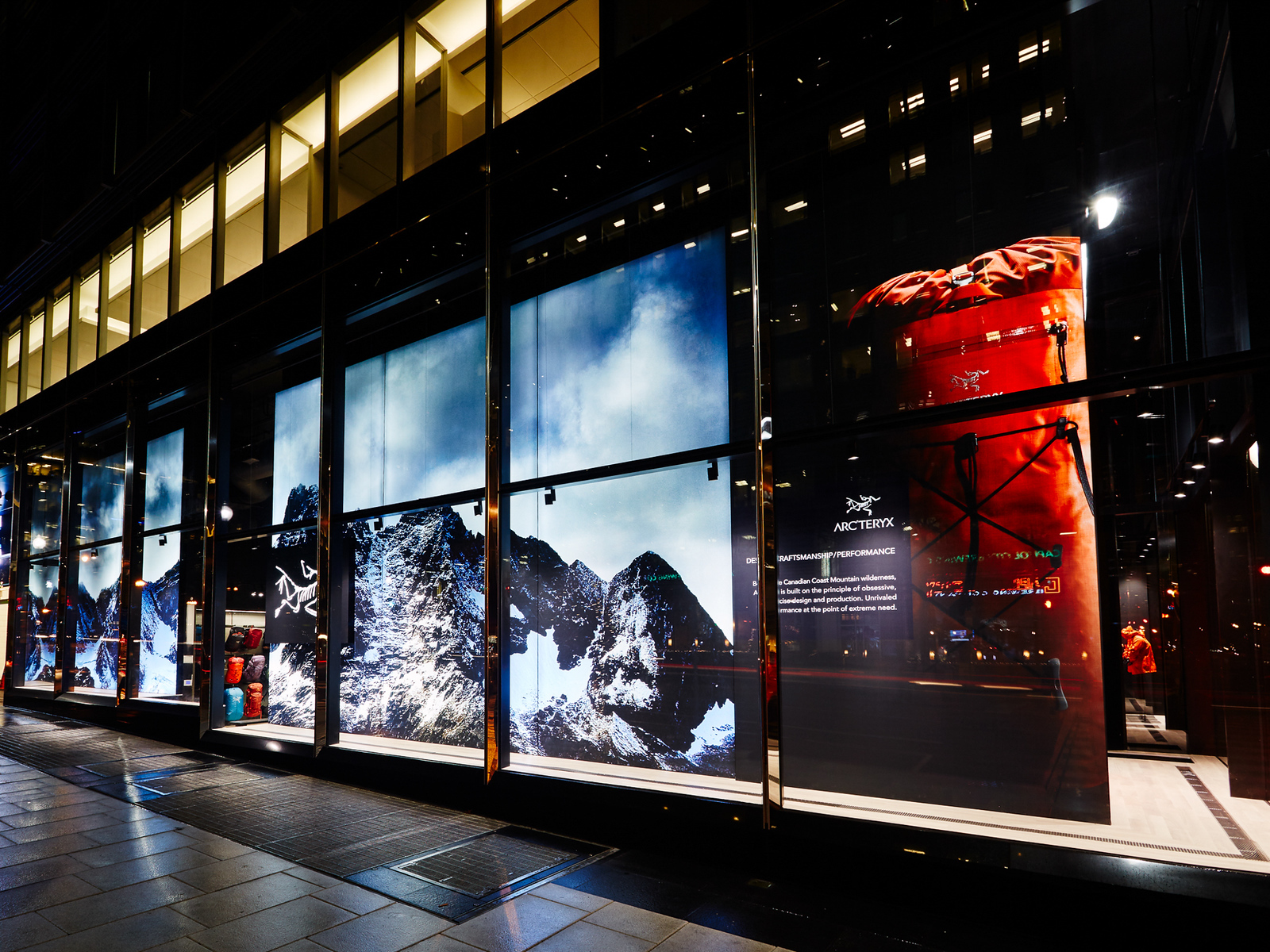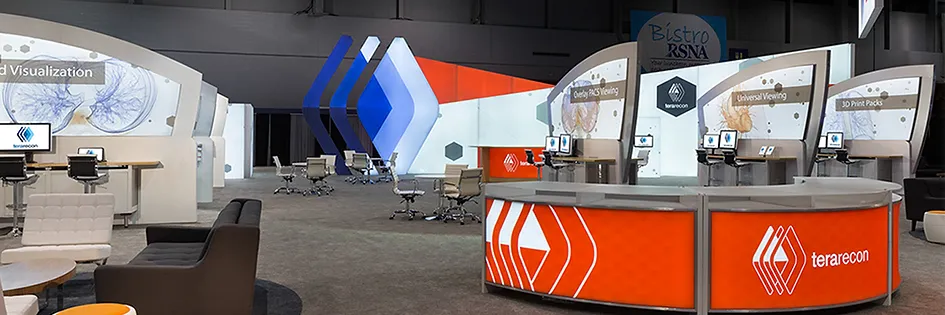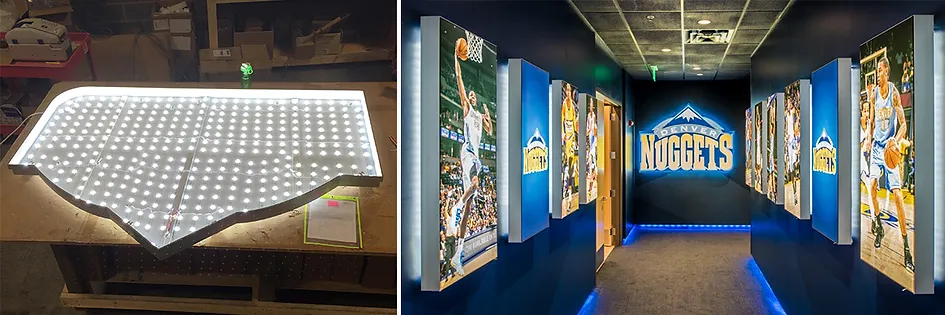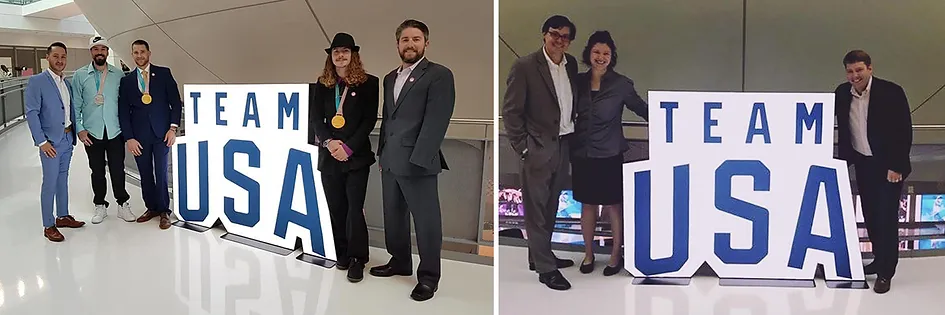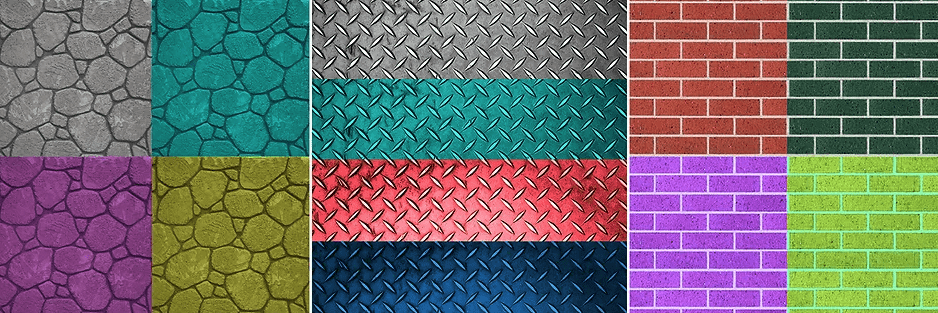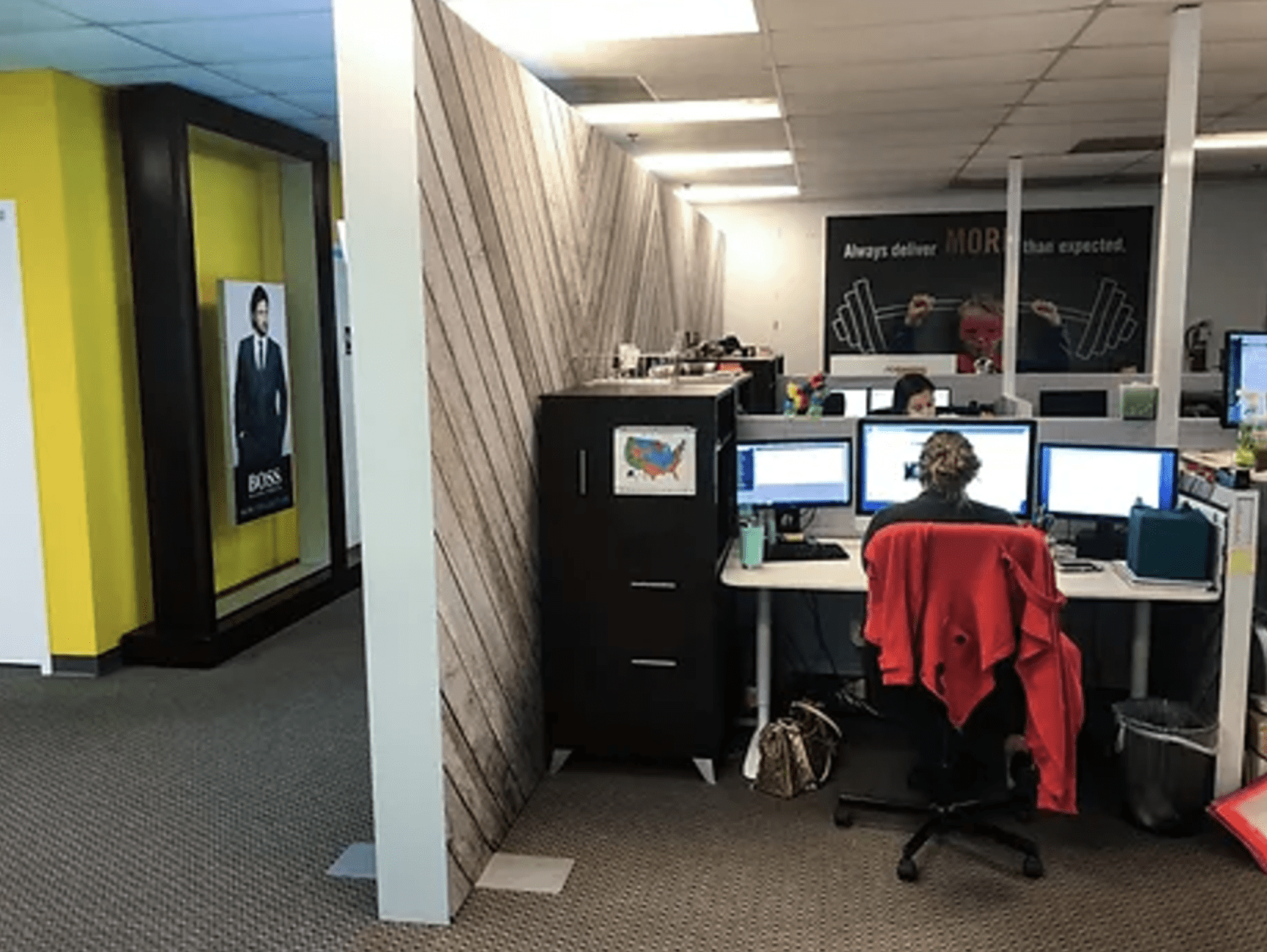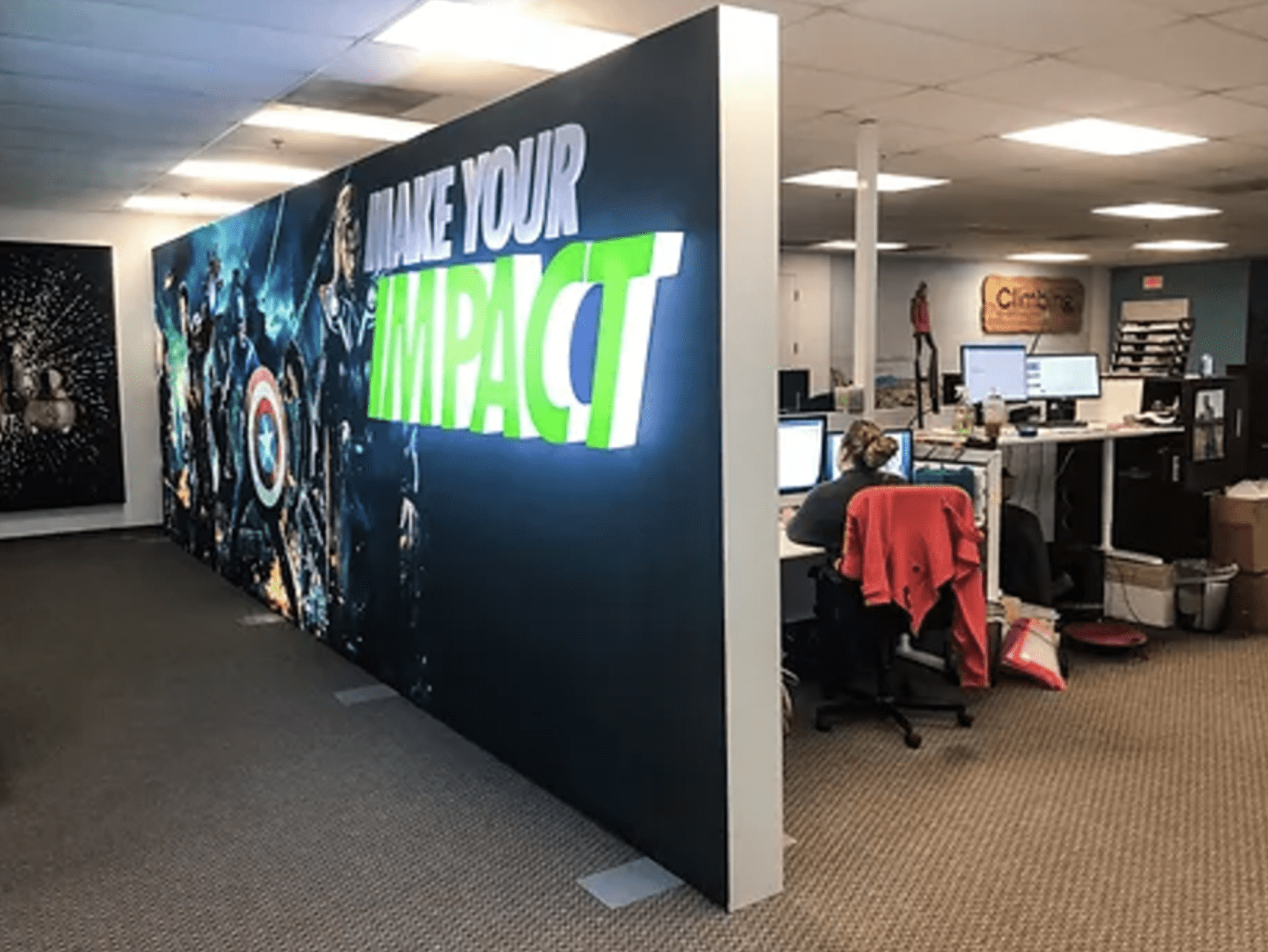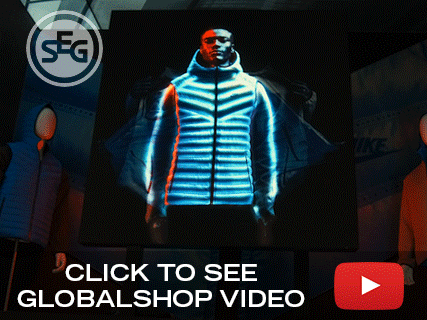Four Things to Consider for Your Next Fabric Lightbox
Are you looking for a lightbox for your next retail display or tradeshow? When buying a fabric lightbox display, the ideal solution is a disrupter, something that will grab a passerby’s attention.
Most led lightboxes are perimeter lit, which means lights are placed along the inside edges of the SEG aluminum frame. While that may sound simple you may not know there are two different perimeter-lit lightbox solutions; Half-Lit and Full-Lit.
A Full-Lit LED Lightbox solution has perimeter lighting along all four sides of the lightbox, giving that display a bright, evenly lit look. As you may have guessed, a Half-Lit LED Lightbox only has LED strips along two sides of the lightbox making the display dimmer and possibly not lit as evenly as a Full-Lit lightbox display. Both solutions are viable depending on the situation.

Size is important to consider when buying a lightbox because the light emitting from the LEDs inside the lightbox may have a further distance to travel or more space to cover the bigger the lightbox gets. Knowing the desired size of the light box can ultimately be the determining factor as to whether you will buy a Half-Lit or Full-Lit lightbox solution.

Brightness is also an attribute vital to determining what type of lightbox works best for your situation. If you need a display in a dimly lit retail environment, a Half-Lit Lightbox may be the best solution for your situation. But if you need a display in a very bright location, a Full-Lit solution may be the one for you.
Another attribute to consider is if a lightbox is Single or Double-Sided. This will affect the brightness of each side of your display. This characteristic is greatly dependent on where your display will be located. If, for example, you want a bright window display lightbox, a double-sided Full-Lit lightbox will probably be the best solution to enhance both your in-store and curb appeal simultaneously.
Finally, Cost is also a common determining factor when deciding if a display is viable. Obviously, a Full-Lit perimeter lightbox solution includes more lights, which means more components, resulting in a more expensive product than a Half-Lit perimeter lightbox solution.
Now that you know the 4 major variables that will influence your decision when buying a lightbox, make sure you understand what type of perimeter lighting system you are being quoted in your next fabric frame lightbox display. Is it Half-Lit or is it Full-Lit?
